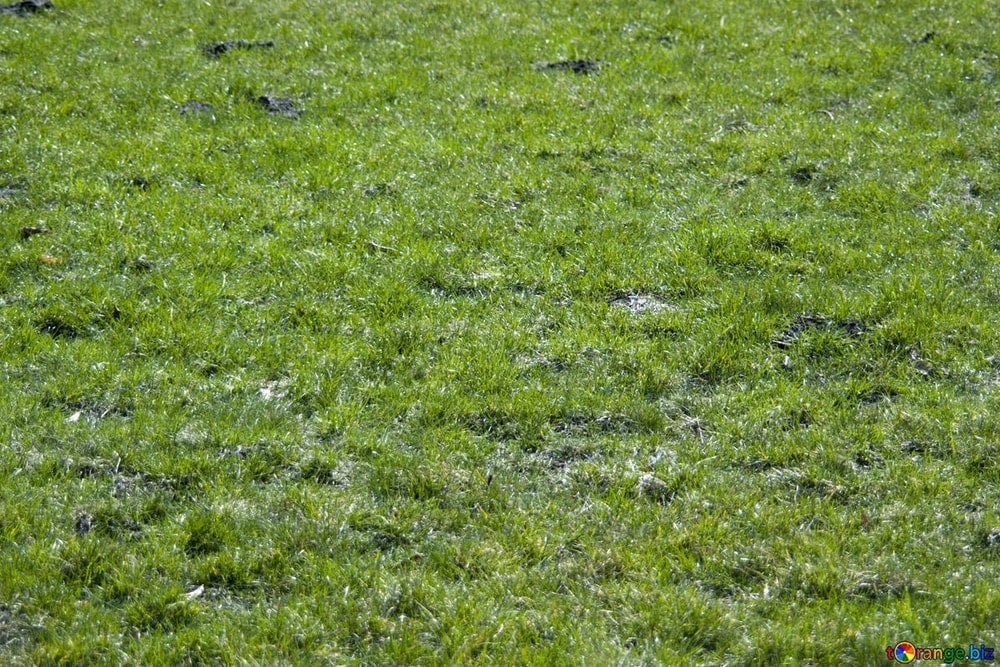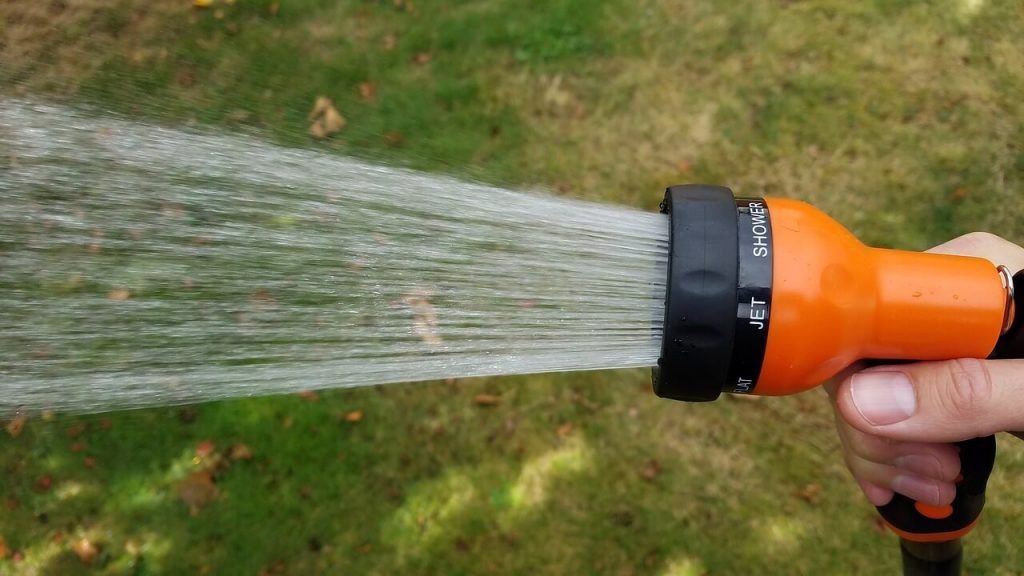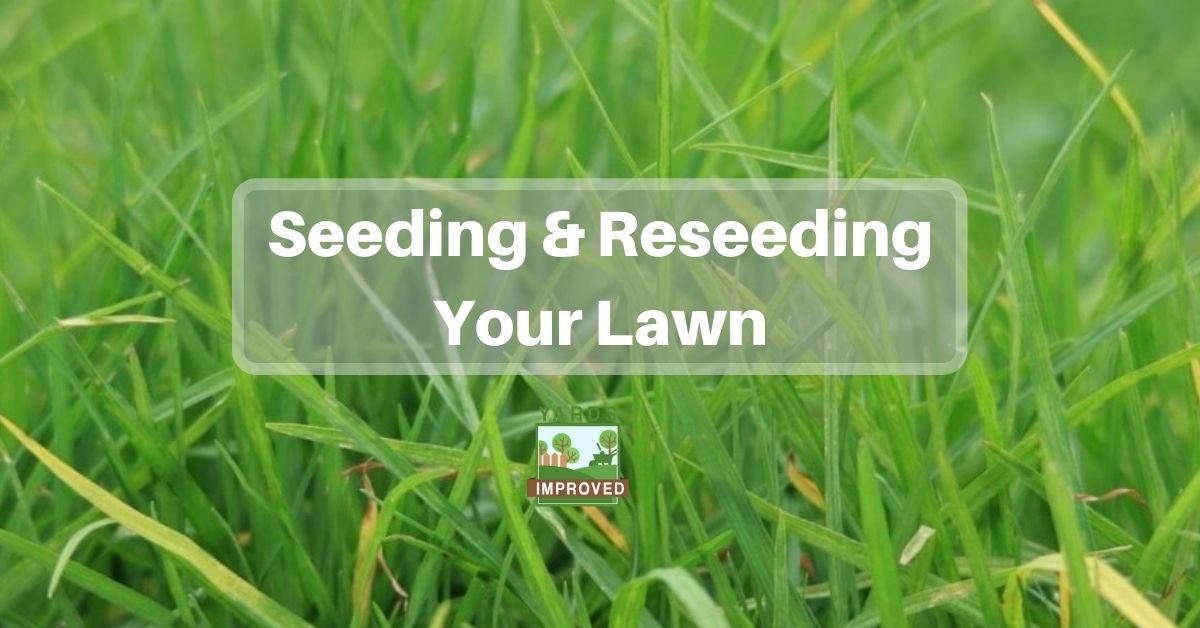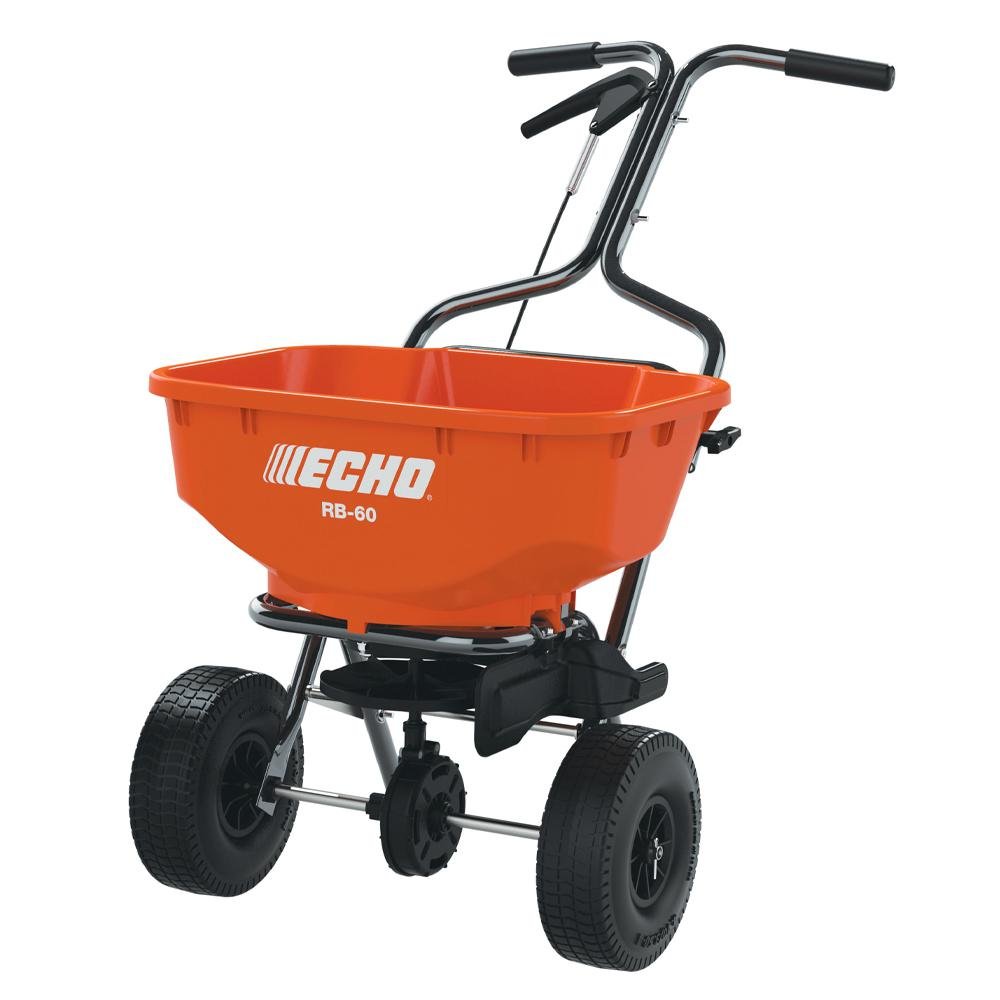A lush, green lawn is the dream of most homeowners. Fortunately, it’s a dream that can be within reach. With the right care, any lawn can become a thing of beauty.
One important part of lawn care is seeding and reseeding it as appropriate. Starting a new lawn and caring for an existing one both require applying seed and caring for it. What goes into preparing the ground, spreading the seed, and getting the new growth started? Let’s have a look.
What Are The Best Times Of Year To Seed Your Lawn?
Of course, one of the most important aspects of planting grass seed is to know when to do it. The weather will make a huge difference in how well your new grass will grow.
Grass falls into two basic classifications: either cool-weather or warm-weather. If you’re starting from scratch, it’s important to choose the right grass for your climate. If your lawn is already started, you want to know what kind of grass you have so that you reseed the same kind. Or if your grass is struggling, you might want to be sure that it’s the right kind for your region. If not, you could choose to start from scratch.

Warm-weather grasses grow best when the temperature consistently reaches about 65° F (18° C) during the day. These temperatures will spur the best growth. The warmer soil, water, and air are what it needs.
Cool-weather grass seed can be sown in late summer or early fall, once the weather cools off. Of course, that doesn’t mean it’s freezing out; the temperature should still be comfortable. This planting schedule will coincide with the plant’s natural cycle and allow it to thrive.
Avoid planting grass seed when the ground is still frozen or the temperatures will drop close to freezing.
Are you better off planting sod instead of seeding? Check out our guide to sodding your lawn.
What Equipment Do You Need?
When it comes time to plant, there are just a few tools you’ll need to make the job easier.
If you’re reseeding an existing lawn, you’ll want to be sure to dethatch your lawn before you get started. This will let the seed reach the soil instead of getting stuck in built-up thatch. You don’t have to do this immediately before spreading the seed, but at least be sure there isn’t significant thatch buildup. If the lawn doesn’t have a thatch problem, it’s still a good idea to rake it over with a leaf rake to remove debris.
If you’re planting a new lawn, you’ll want to be sure the soil is prepared. If it’s compacted, you’ll want to use a tiller to break it up. Otherwise, the wind or rain is likely to wash away the side before it can sprout roots. Use a bow rake to help remove any rocks or to break up any clumps of soil that remain behind.
As for the seed itself, you’ll need to know how much to buy. Of course, a new lawn needs a lot more than an established one. It also depends on your climate zone and the type of grass you’re planting. There are online calculators for how much seed you need, or you can visit your local garden supply and they’ll advise you.
You can spread by hand, but a seed spreader comes in handy to help guarantee that your seed is spread evenly.
You’ll also need to fertilize your lawn and water it frequently while it gets established.
Tips For Spreading Your Grass Seed
Once you’ve prepared the area – either by tilling a new lawn or by dethatching and cleaning up an existing one – it’s time to spread the seed itself.
The most important thing to remember is to spread the seed evenly. This is why a seeder comes in handy – as long as you walk at a consistent speed, the machine will toss it out so that every part of the lawn gets the same amount. If you do it by hand, it’s easy to have spots with lots of seed and other spots with virtually none.
Your new seed needs to be well-fed, so you should fertilize it right after spreading the seed. Look for a fertilizer that’s created especially for new grass.
Some people prefer to cover the seed with a thin layer of topsoil or peat moss. Clean white and barley straw are used, too. This is optional for most grasses, and it should never be done with clovers, Bermuda grass, or other seeds that have a shell.
If you do have another type of grass and choose to cover it, use about ¼ inch of topsoil or your chosen material. This can help hold in moisture.
Water the grass right away, too. A light but thorough watering will help it
Next Steps
Once your seed is spread and fertilized, it’s important to continue to care for it to help it flourish.
To help it grow, keep the soil moist. That means you’ll need to water more frequently than normal. It should stay moist to about an inch deep. You might have to water more than once daily if it’s very dry. Remember, you want the soil moist; don’t drown the seed. That could cause mold or even wash the seed away.
As the seed sprouts, you want to soak the soil a bit more so that it stays moist to about two inches deep.
Once the grass grows to its ideal height, water it more deeply. Usually, a lawn should be moist to about 6 – 8 inches.

Of course, if you added grass to an existing lawn, you should water it normally. It won’t hurt the new seed that the soil is moist to the normal depth. The important thing is that the top inch or two remains moist for the sake of the new seed.
Mowing is something you won’t have to worry about right away. Don’t mow the new grass until it reaches the optimal height for its type. This helps make sure the blades and roots can grow strong before having to exert energy recovering from a cutting.
Conclusion
Filling in bald spots in a lawn or converting a dirt patch to a grass-covered oasis is a task that pays off with a beautiful yard. Preparing the soil, spreading the seed, feeding it and watering it are all it takes. With these few simple steps, you’ll be the envy of the neighborhood!










